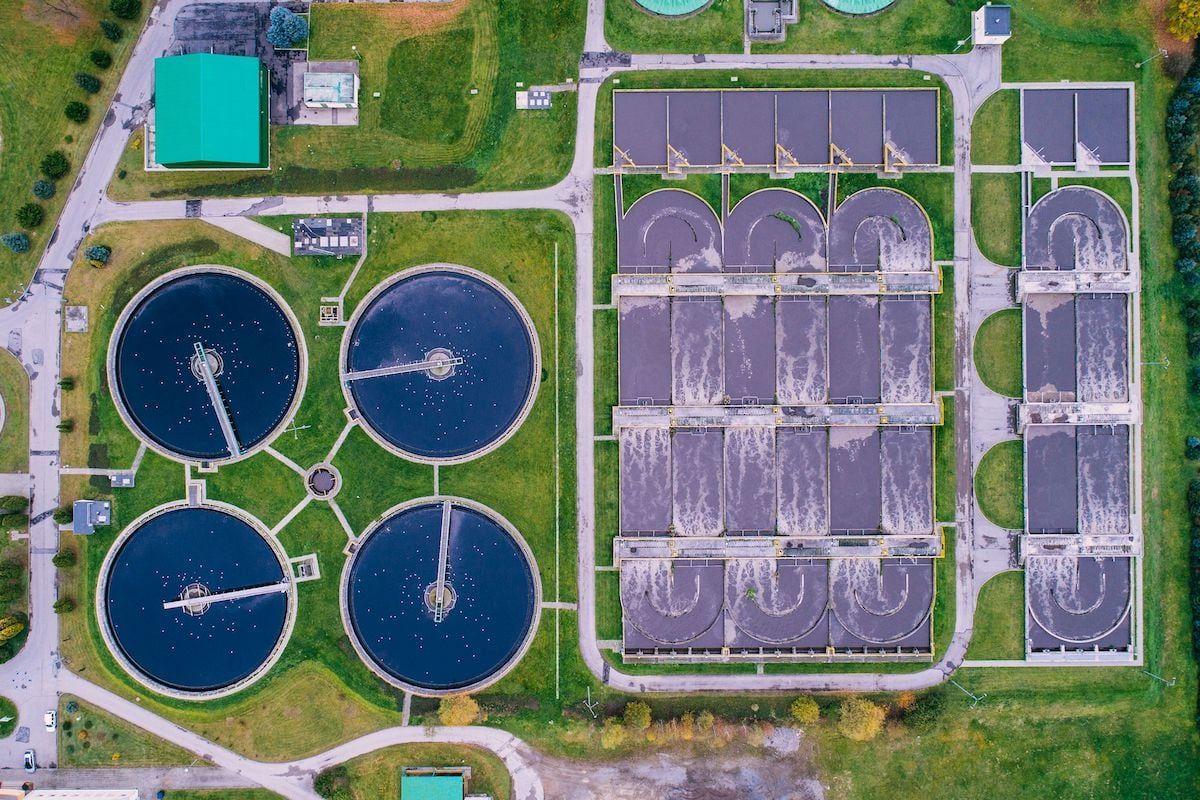Smart and Sustainable Textile Wastewater Treatment
The textile industry touches nearly every aspect of our lives with its creative and functional products. However, behind the vibrant colors and innovative designs lies a significant environmental challenge—wastewater. Especially during dyeing and finishing processes, large volumes of colored, chemical-rich wastewater are generated. Treating these effluents is not just a regulatory necessity but a crucial part of every company’s sustainability commitment and environmental responsibility.
The Challenges of Textile Wastewater
Textile effluents are difficult to treat due to their complex content—synthetic dyes, processing chemicals, high salinity, and even heavy metals. Colored wastewater is particularly problematic. It reduces light penetration in aquatic systems, disrupts photosynthesis, and can introduce toxicity into the environment. These challenges call for targeted and effective treatment solutions tailored to the industry’s specific needs.
Coagulation and Flocculation: The Foundation of Effective Treatment
The first step in treating textile wastewater is removing suspended solids and colloidal particles. This is typically done through two key processes:
Coagulation: Neutralizes the electrical charges of small particles in the water, allowing them to come together and form initial clusters.
Flocculation: Uses specialized polymers to help these clusters grow into larger, heavier flocs that can easily be separated by sedimentation or flotation.
These processes are critical for reducing turbidity, minimizing solid content, and also contribute significantly to initial color removal.
Color Removal: The Industry’s Greatest Challenge
Color removal is one of the most complex aspects of textile wastewater treatment. Due to the stability and intricate molecular structure of synthetic dyes, conventional methods often fall short. That’s where organic decolorizing agents come into play.
Turkey’s leading producer of organic color removal agents, Teget Kimya develops high-performance products specifically for textile wastewater. Our formulations target dye molecules directly, breaking them down or binding them so they can be effectively removed from the water. This not only helps meet discharge regulations but also enhances the brand's environmental image and compliance efforts.
Polyacrylamides: Strengthening the Flocculation Process
Flocculation is only as good as the polymer behind it. That’s why we’ve partnered with one of the world’s top polyacrylamide producers to deliver a wide range of cationic, anionic, and nonionic PAMs designed specifically for the textile sector.
Each wastewater stream is different, so our diverse product portfolio ensures we can recommend the most effective solution for your unique process needs—delivering both performance and cost efficiency.
Teget Kimya: Supporting Sustainable Textile Manufacturing
At Teget Kimya, we’re more than just a supplier. We offer in-depth technical support and consultation to help textile manufacturers adopt more sustainable, efficient, and environmentally responsible wastewater treatment systems.
Our services include:
Wastewater analysis and characterization
Customized coagulant and flocculant recommendations
Selection of high-efficiency color removal agents
On-site application optimization and technical assistance
A Sustainable Textile Future Begins with Clean Water
The path to a sustainable textile industry starts with how we manage water. Reducing environmental impact, protecting natural resources, and transitioning to cleaner processes are not just ideals—they are imperatives. At Teget Kimya, we’re proud to support this transformation with solutions that are smart, effective, and environmentally conscious.
Together, let’s shape a cleaner, stronger future—starting with water.

